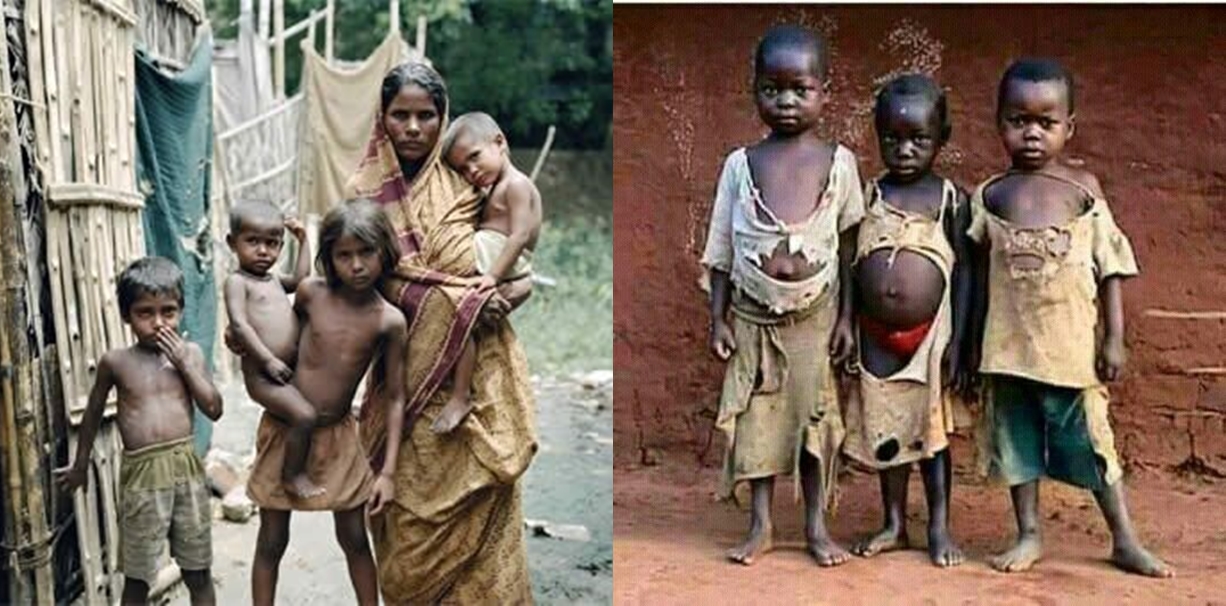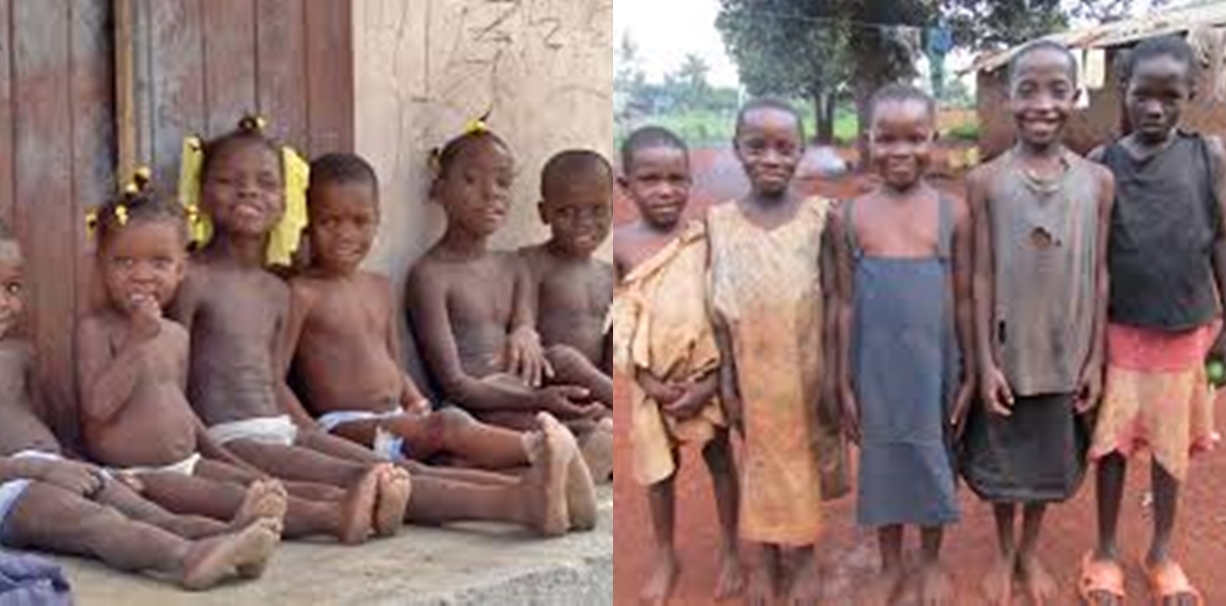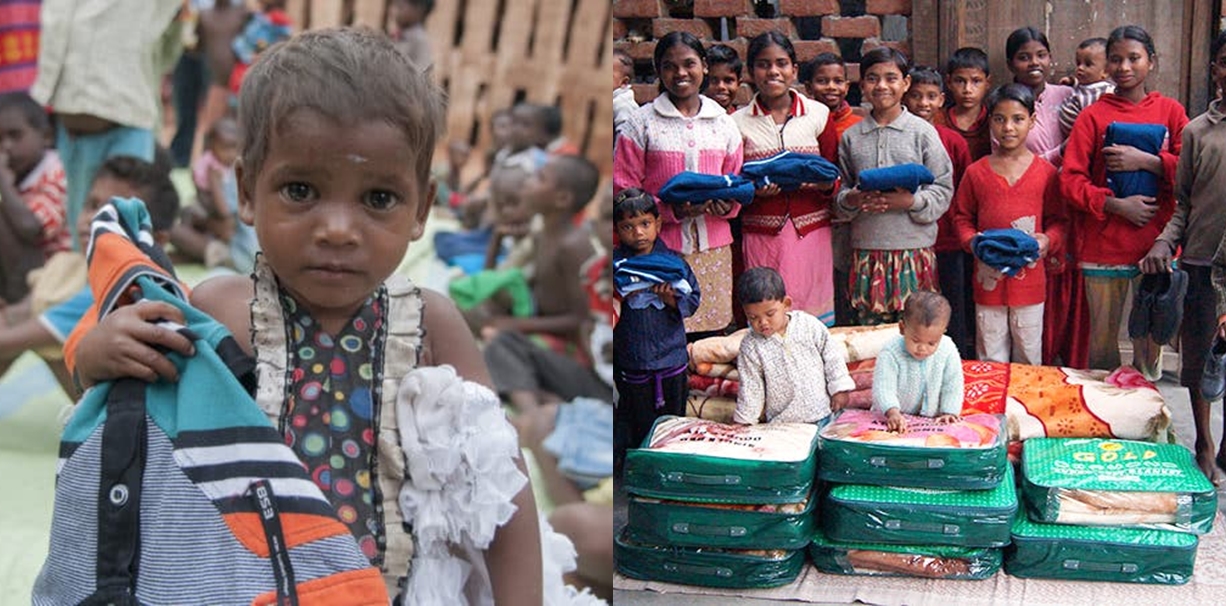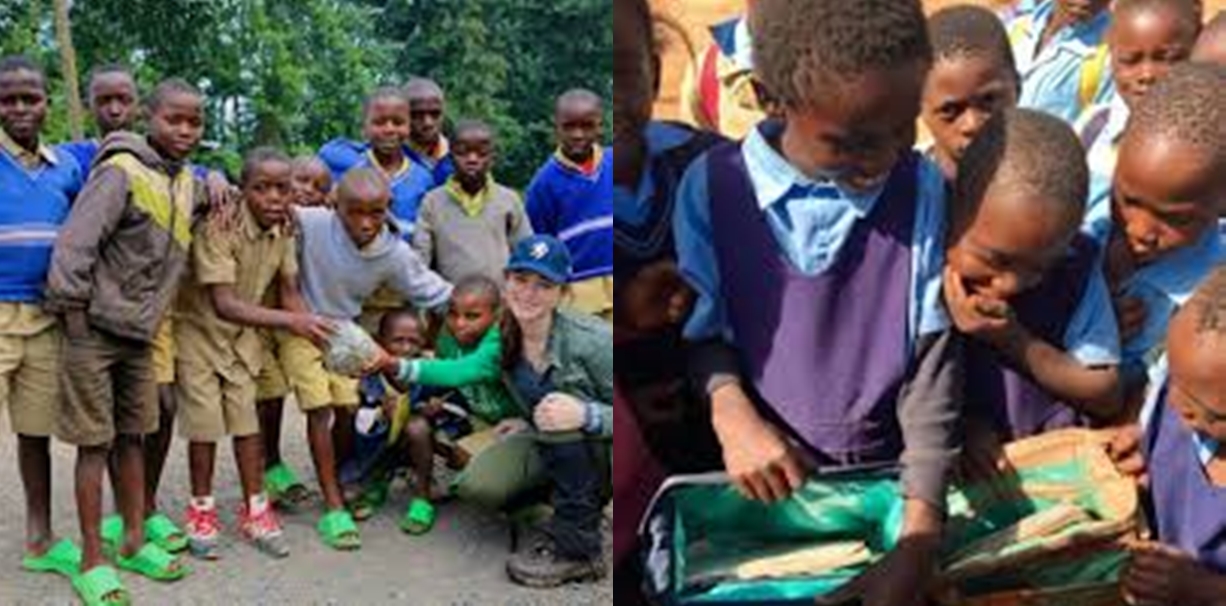
CLOTHES, DRESSES & BLANKETS
More than 700 million people, or 10% of the world population, still live in extreme poverty.
There are 122 women aged 25 to 34 living in extreme poverty for every 100 men
Poverty affects children disproportionately. One out of five children live in extreme poverty.
Clothes play a vital role in forming first impression
Because light travels quicker than sound, people are seen before they are heard. That is why, even before a person utters a word their appearance tells a much about them in terms of their competence, perceived level of intelligence, affability, self-esteem, self-confidence, success, authority and beliefs. This qualitative study aims at exploring the basis on which people form first impressions of personalities they meet based on their clothes. A total of 31 respondents were purposely selected to participate in the study. Data was collected through interviews. The results of the study indicated that people form first impressions based on their moral inclinations, economic, non-conformance to current fashion, health, fashion changes and much more. The investigation supported findings of earlier studies that clothing and first impressions are related.
A person's preference for a particular clothing can profoundly affect the impression they convey and are, consequently, an effective communication tool. The increasing significance of clothes is apparent. Admittedly, a person's clothes play a major role in transmitting an impression; this may be positive or negative, and this affects the way people perceive each other. McCracken (1988) is of the view that clothing conveys cultural significance and that the message is transferred from the "culturally constructed world” to garments, through publicity and fashion. Apparel designers may, through branding and marketing, relate a new style or specific designs with an instituted cultural standard. Nevertheless, how successful a design is in communicating a message is contingent on the knowledge of the public. As McCracken & Roth (1989) specifies, the influence of clothing communication relies on some principles. These principles represent the understanding regarding social and cultural norms that members of a community or social groups share. The more people appreciate the code; the more adequate the clothing will be at communicating a message. However, there remains a pertinent issue concerning the type of garment features that make an impact on first impressions.
Clothes play a vital role in forming first impressions, and since this may impact positively or negatively on the individual, it is important to choose clothes carefully because people make different assumptions and take decisions about individuals without proper evidence. Dressing appropriately to impress is worthwhile and can indeed be the answer to recognition, acceptance and success.
Approach and Strategy
- Identify the people who needs dresses, Uniforms & Blankets
- Consolidate all the requirements
- Depends upon volume and Timelines decision will be Buy or Make ( buy the cloth and Stitch)
- Negotiate with Dress Mfrs vs Clothing Mfrs to buy cloths and stitching contract charges
- Based on over all cost and time , viability either buy or make decision will be done.
- Some times, based on available volunteers or villagers with some inspiration, the contract can be allocated to poor people, so that they can be promoted to higher level to generate revenue for their hard work or lively hood. In This way their skills also improved to evolve further. It brings multi fold advantage, but it needs to go through critical check points to award a contract and Visible to Donors / Public
- Finally Right Garments will be donated to corresponding people with instruction how to wash and maintain them properly for optimal life.
- Take the feed back and learn from users and improve the overall process for every new initiation of donating the clothes.



